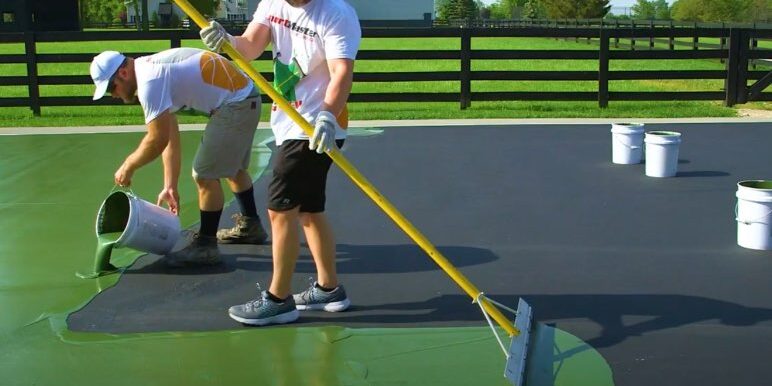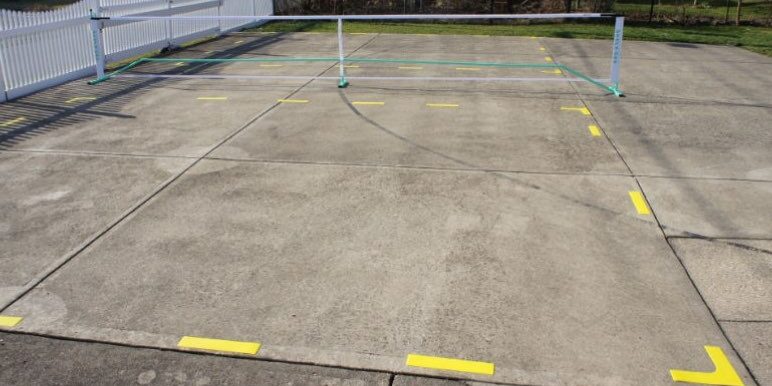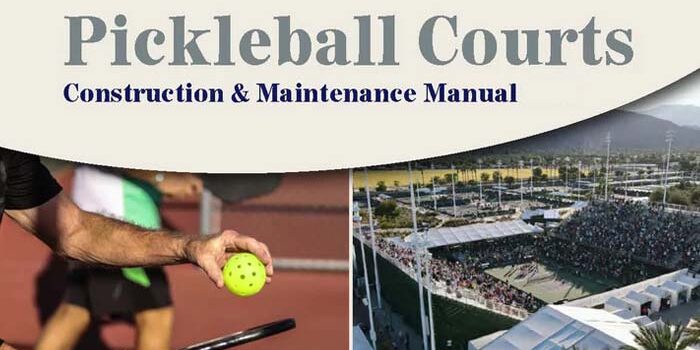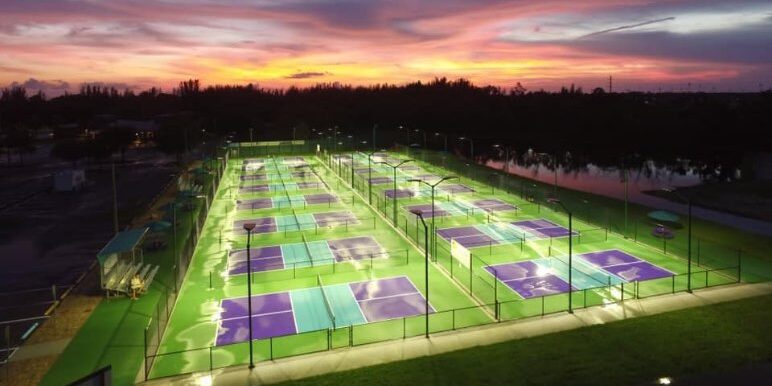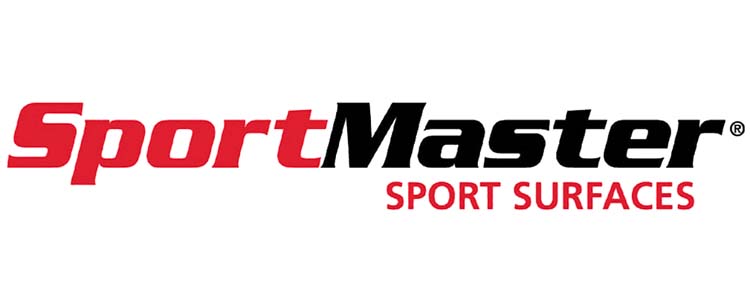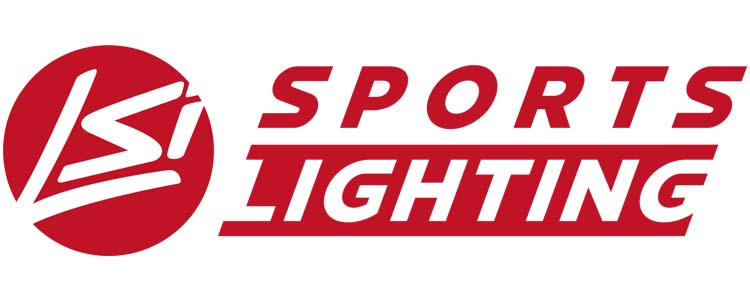One of the greatest aspects of pickleball is that it can be played nearly anywhere. And while playing pickleball isn’t much fun by yourself, setting up a court can be a do-it-yourself project that’s incredibly rewarding. With a little know-how and the right space, in no time you can be on your way to enjoying a temporary or even permanent place to invite friends for a little friendly competition.
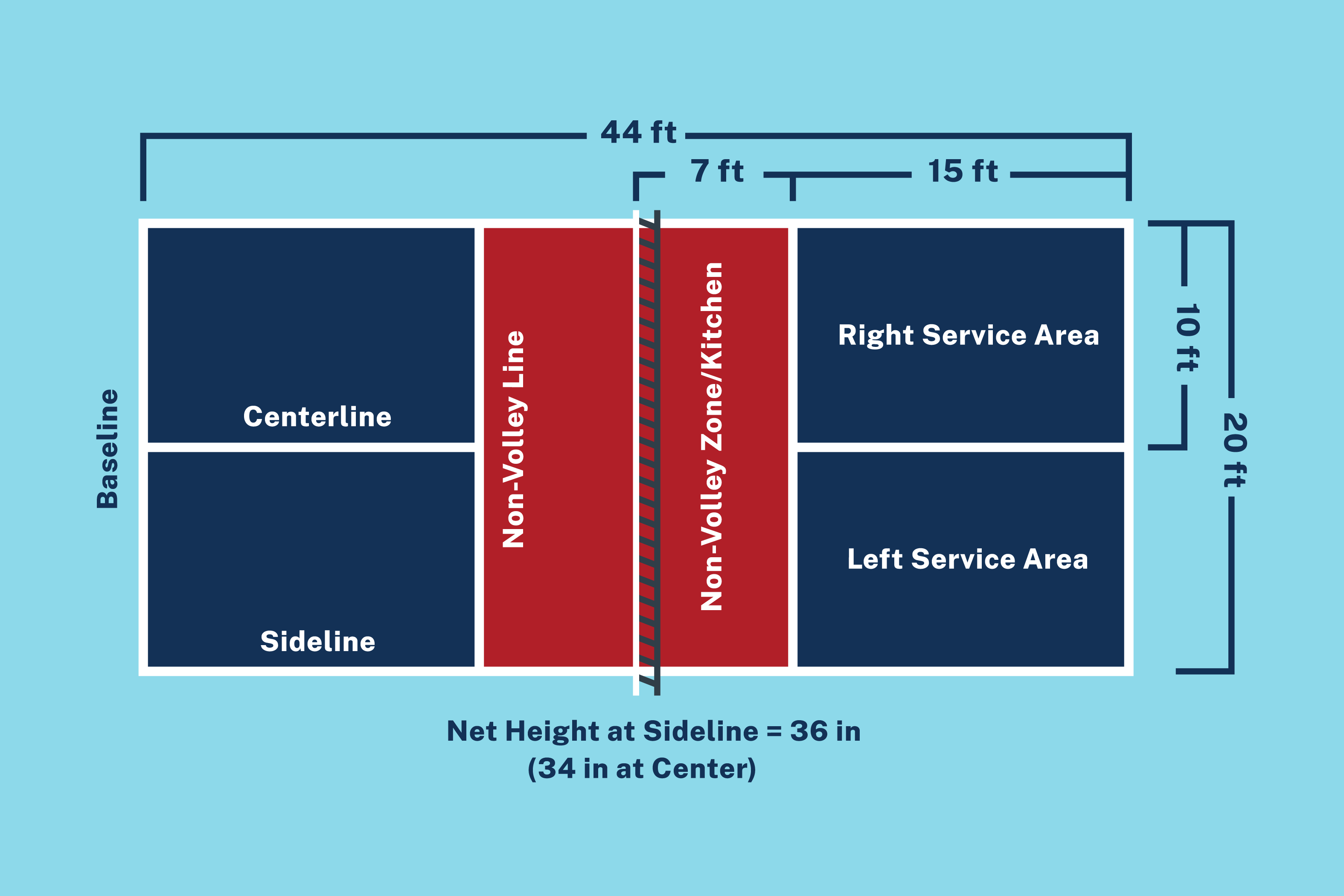
Pickleball Court Dimensions
When laying out a temporary (or permanent) pickleball court, it is important to know the correct specifications as indicated in the diagram. It is also important to note that if you are setting up an outdoor pickleball court on an existing court surface that is oriented in the normal north/south direction, do not place the pickleball courts at right angles to the court. If you do, one player will be looking directly into the sun in the early morning or late afternoon which can certainly prove to be safety hazard.
The Court
Baselines: sit parallel to the net at the end of the court.
Sidelines: running the length of the court.
Non-volley zone (NVZ): the area on either side of the net bound in by a line parallel to and 7 feet from the net and two sidelines.
Centerline: extends down the center from the baselines to the NVZ, dividing the court.
Service area: the area beyond the NVZ on either side of the centerline, including the centerline, sideline, and baseline.
Basic Setup
Outdoors
- Sidewalk chalk works well and can last several weeks without heavy rain.
- Big/thick “toddler” crayons work well and will last longer than chalk.
- Contractor's blue #1 chalk dust available at home improvement stores can be used and installed with a striping/line tool. Don't use red because it has more dye and might not wash away as easily. You can buy a tool to stripe the lines with the dust (see photo below).
- Frog green tape works well if the surface is first cleaned thoroughly and not too rough.
- Some paint stores sell an orange masking tape that provides high contrast because of the orange color.
- SportMaster Sports Surfaces Textured White Line Paint, and Strip-Rite tape sealer offer a professional installation.
- Vinyl 'EZ' court lines work for a demo game. These lines might move with heavy
use so not a practical choice for longer term use. They are thin and non-skid. The ball doesn't bounce that well on them (see photo below).
Indoors
- Frog green tape works well on a variety of surfaces and lasts a long time.
- 3M Scotch Blue painter's tape works well but it can start looking worn out after a few weeks wear.
- Some floors have successfully used vinyl floor tape. But you need to test it against the varnish. If used on a wooden floor, it might remove the varnish. Vinyl tape can last a very long time. It comes in a variety of good contrast colors: orange, blue, red, etc.
- Tape can be either 2 inch or 1 inch wide or a mix depending on your budget. Baseline should be 2 inches and probably also the Non-Volley Zone line.
- Electric black tape works and leaves no residue. It is only a 1/2 inch thick. It's main advantage is that it is cheap if you are in a facility where you have to replace the tape frequently.
- Vinyl court lines such as those from Wilson or Gamma work for a demo game (see photo at top of page). They are thin and non-skid but can move with heavy use.
- For stained/varnished wooden floors, you can stain the floor a different color to mark out the lines of the pickleball courts. Some facilities allow nothing laid on the floor and no paint. So staining is the only option. But it'd require professional installation. But if the floor is being refinished, you could add it in.
- Painting is not usually an option for do-it-yourselfers.
- A 2 inch border tile to mark the lines might be an option if a tile floor is being freshly installed or redone. It'd require professional installation.
Any hard surface (i.e. concrete or asphalt) will suffice for outdoor gameplay, so long as it’s free of debris. Grass will not allow the ball to bounce, but driveways or cul-du-sacs can work fine with enough space. Ideally, the surface area should be about 30 feet by 60 feet. For more professional and permanent outdoor court surfacing, there are sport surfacing systems and services available.
The net can be made out of any mesh material that will not allow a ball to pass through. It should be at least 21 feet 9 inches long, stretching from post to post; from the bottom edge to the top, it should be at least 30 inches wide. The posts should be 22 feet apart, and no more than 3 inches in diameter. Once the net is suspended from the posts across the center of the court, it should be 36 inches tall at the sidelines, and 34 inches tall in the center. The top edge of the net should have a cord or cable and it should be covered with a 2-inch tape.
The lines, netting, and space requirements for indoor pickleball play are the same as outdoor, but different lighting, fencing, and surfacing options are available, and should be considered. Indoor play allows for fluorescent lighting options that cannot function outside like HID and LED lights would. Indoor play also allows for different flooring options that are not feasible outdoors, like hardwood or rubberized surfaces. Fencing considerations can also vary more with indoor courts, as the surrounding environment does not pose as much a risk as it may outdoors.
Need a Net?
Using this official USA Pickleball portable net, you can now easily play pickleball anytime, anywhere!

